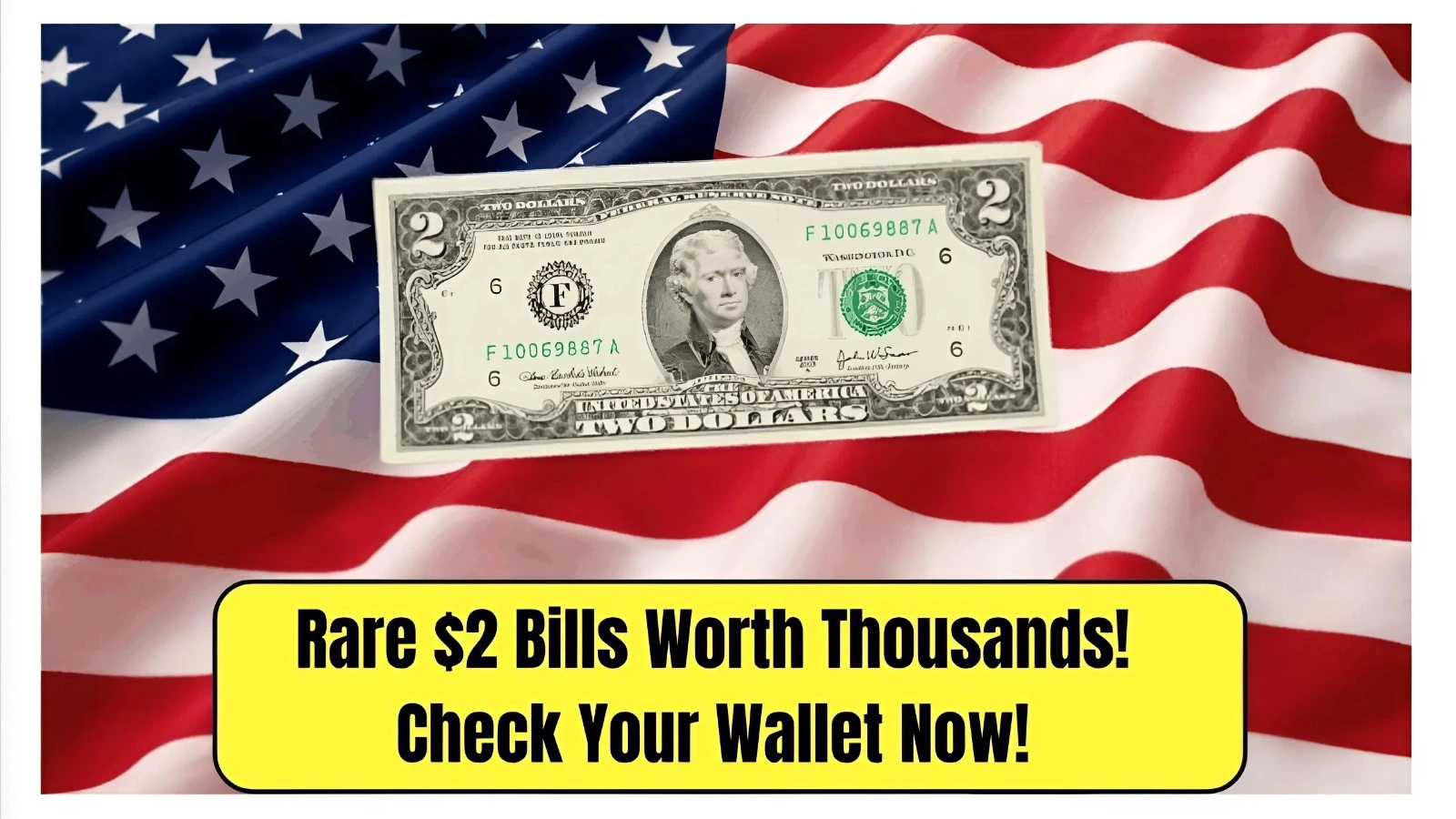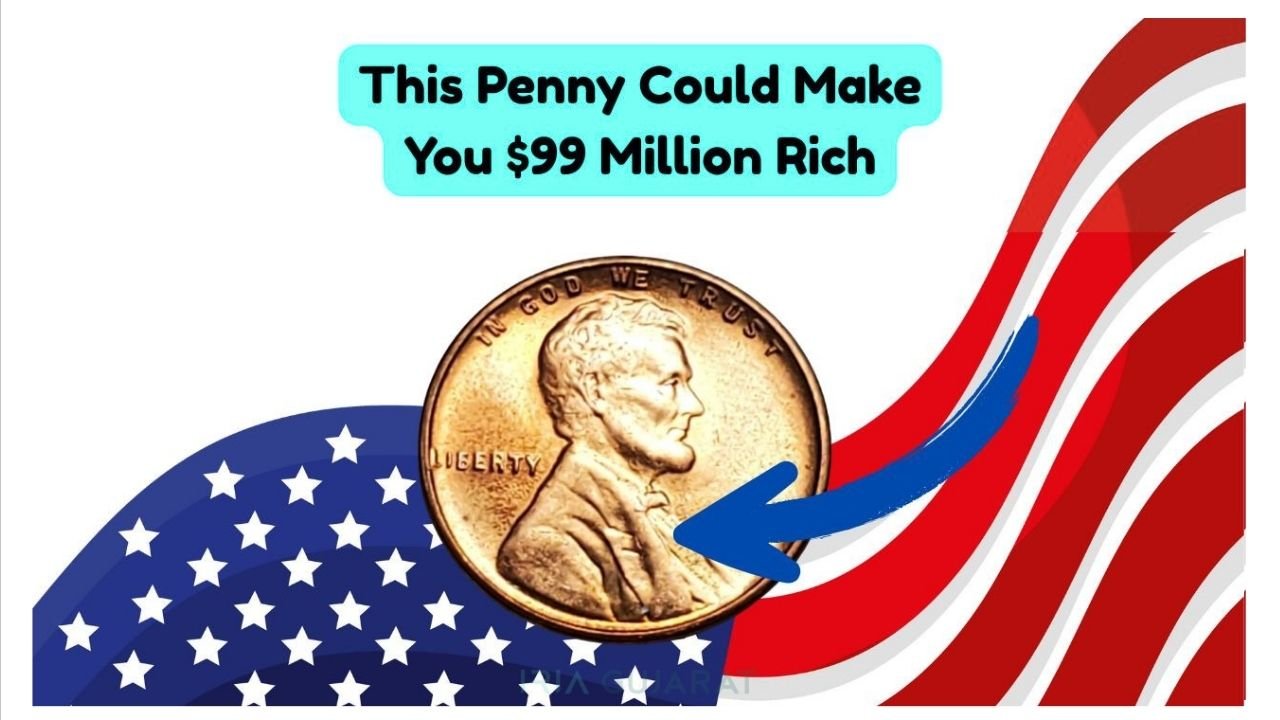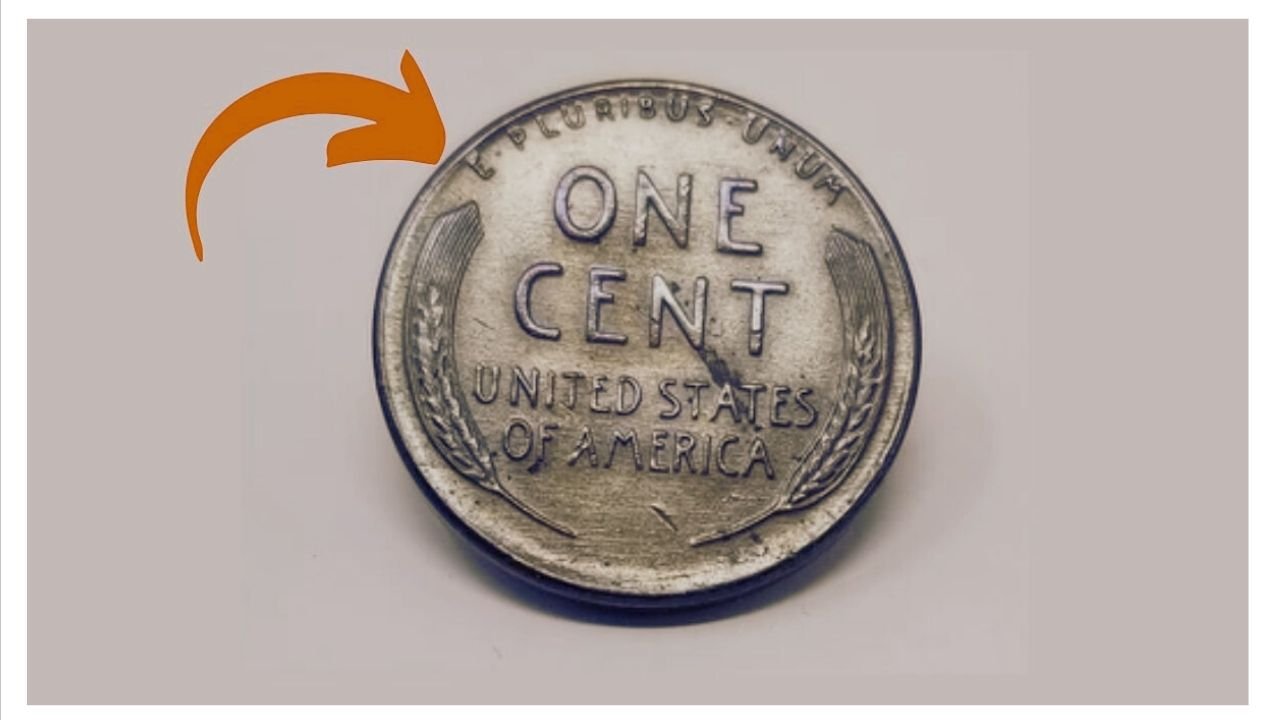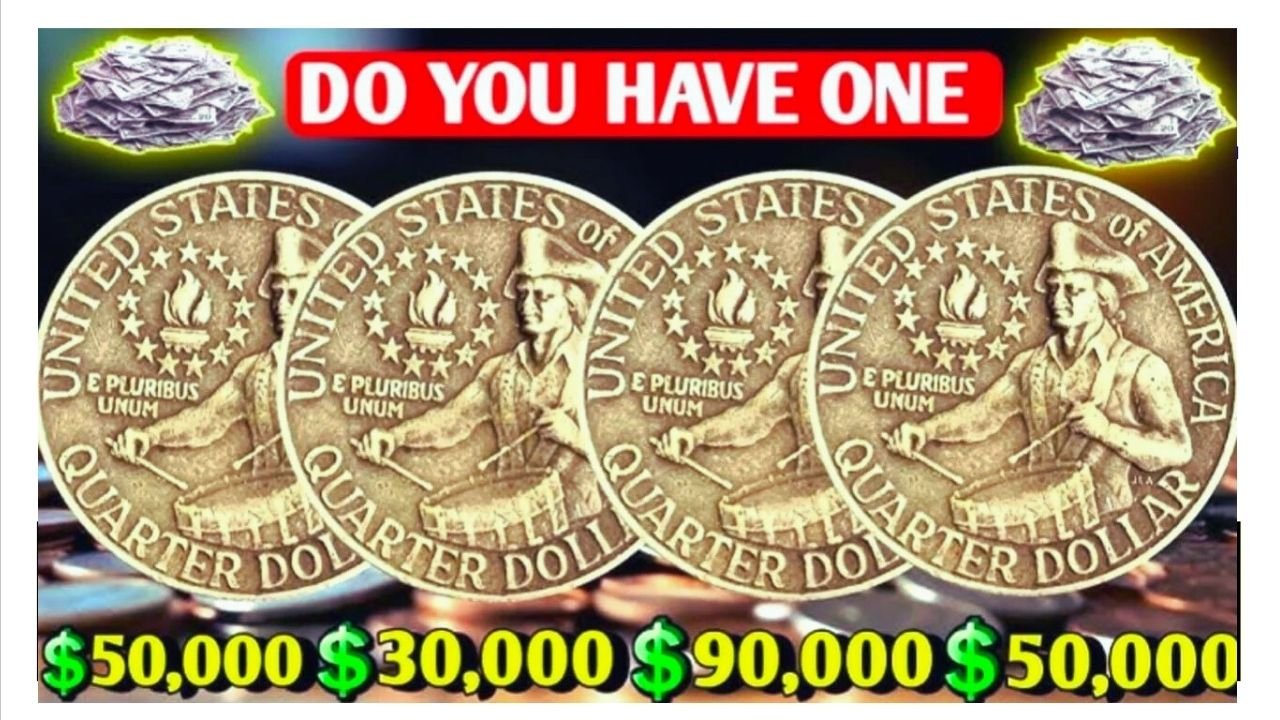Rarest $2 Bills: While the $2 bill might be a novelty to most Americans, it’s more than just a quirky piece of currency. Some rare $2 bills have quietly soared in value and now fetch hundreds—or even thousands—of dollars among collectors. The trick? Knowing exactly what to look for. Rarest $2 Bills
In this in-depth guide, we explore the rarest $2 bills, how to identify them, and why these unique notes have become hidden treasures in American currency. Whether you’re a seasoned collector or just stumbled upon an old bill in a drawer, you might be holding a mini fortune.
A Brief History of the $2 Bill
The $2 bill has had a rocky and often misunderstood journey in the U.S. monetary system. First issued in 1862, the bill featured Alexander Hamilton but was later changed to Thomas Jefferson in 1869, where he remains today.
Despite being legal tender, the $2 bill has always been seen as an oddity. Many businesses hesitate to accept it, and as a result, they’re not printed as frequently as other denominations. Ironically, this rarity fuels the perception that all $2 bills are rare—when in reality, only specific ones hold substantial value. Rarest $2 Bills
Why Some $2 Bills Are Worth Thousands
Collectors value $2 bills based on several factors:
- Series Year
- Federal Reserve Bank Location
- Printing Errors
- Low Serial Numbers or Star Notes
- Condition (Crisp Uncirculated bills fetch more)
If your $2 bill matches some of the rare characteristics below, you might be sitting on a goldmine.
Top Rare $2 Bills Worth Big Money
Here’s a breakdown of the most valuable $2 bills in circulation or collector markets.
| Series Year | Note Features | Estimated Value (in USD) | Notes |
|---|---|---|---|
| 1890 | Treasury Note, red seal | $500 – $4,500 | Very rare in high grade |
| 1928B | Red Seal, small size | $200 – $1,000+ | Look for low serial numbers |
| 1953B | Red Seal, crisp condition | $10 – $700 | Circulated bills lower value |
| 1976 | First day of issue, with stamp | $50 – $1,000 | Signed envelopes or postmarked bills |
| 1995 | Star Note, low serial number | $100 – $500 | Scarce print runs |
| 2003A | Mismatched serial numbers | $500 – $3,000 | High demand for error notes |
| 2013 | Double print error | $1,000+ | Extremely rare printing mistake |
Not all old bills are valuable, and not all valuable bills are old. Here’s what collectors look for:
1. Red Seals vs. Green Seals
- Red Seal: Indicates United States Notes. Rarer than green seals (Federal Reserve Notes).
- Green Seal: Still collectible, especially with unique serial numbers or errors.
2. Check the Series Year
Older series, such as those from 1928 to 1963, tend to have more value. However, even 1976 bills can be valuable if they are in uncirculated condition or have unique features.
3. Look for Star Notes
A star at the end of the serial number indicates a replacement bill from a misprint batch. These are often rarer and can be worth much more.
4. Serial Number Patterns
- Low Numbers (00000001–00000100)
- Repeating Numbers (e.g., 12341234 or 88888888)
- Ladders (e.g., 12345678)
- Binary (e.g., 01010101)
- Palindromes (e.g., 12344321)
These types can multiply the value significantly.
5. Printing Errors
Mistakes increase the bill’s desirability. Some examples:
- Misaligned seals
- Double prints
- Inverted serial numbers
- Ink smears
The 1976 $2 Bill: Common Yet Collectible
The 1976 series was issued to mark the U.S. Bicentennial, reintroducing the $2 bill after a 10-year hiatus. Over 500 million were printed, so not all are valuable—but:
- First Day of Issue stamped envelopes
- Notes with matching postmarks from April 13, 1976 (Jefferson’s birthday)
- Autographed versions by postal workers or officials
These special circumstances can add significant value.
What Makes the 1928B $2 Bill Special?
Rare $2 Bills Worth Money: Among all the early red seal $2 bills, the 1928B series is one of the most prized due to its low production numbers. Only a few hundred thousand were printed, and those still in uncirculated condition today can fetch thousands at auction.
Where to Sell Your Rare $2 Bills
If you think you’ve got a valuable note, here’s where to sell it:
- eBay: Research completed listings for similar serial numbers and years.
- Heritage Auctions: Trusted name in numismatic auctions.
- Local Coin Shops: May offer appraisals or purchase rare notes.
- Currency Dealers: Certified currency experts often pay premium rates.
Caution: Not All Old $2 Bills Are Valuable
Just because a $2 bill is old doesn’t mean it’s worth more than $2. For instance:
| Feature | Collector Interest | Reason |
|---|---|---|
| 1976 Bill, circulated | Low | Common, high mintage |
| 1995 Green Seal | Moderate | Less rare unless a star note |
| Damaged or Torn Bills | Low | Poor condition devalues note |
| No unique serial or errors | Low | Common features only |
Tips to Preserve a Valuable $2 Bill
To maintain or increase value: Rare $2 Bills Worth Money
- Store in a Currency Holder: Avoid bending or folding.
- Keep Away from Light: UV rays can cause fading.
- Avoid Handling: Oils from hands can degrade paper quality.
- Get It Graded: Use PMG or PCGS for professional valuation.
Notable $2 Bill Sales That Shocked Collectors
- A 1928B Red Seal in Gem Uncirculated condition sold for $2,300 at auction.
- A 2003A error note with inverted serial numbers sold for $1,700.
- A 1976 First Day of Issue with autographs of postal employees fetched over $800.
Why Are $2 Bills Still Printed Today?
Rare $2 Bills Worth Money: Yes, $2 bills are still printed by the Bureau of Engraving and Printing, though in limited quantities. Most Americans don’t see them often, which adds to their mystique.
As of 2023, the Federal Reserve estimates that over 1.4 billion $2 bills are in circulation. However, most remain in bank vaults or collections.
Common Myths About $2 Bills
Let’s clear up some misconceptions: Rare $2 Bills Worth Money
| Myth | Reality |
|---|---|
| All $2 bills are rare | Most are not; only certain series or features make them valuable |
| Stores won’t accept $2 bills | They are legal tender and must be accepted |
| You can’t get $2 bills at the bank | Many banks still carry them upon request |
| They’re no longer printed | They are still printed in small quantities |
FAQs – Rare $2 Bills Worth Money
Q1: What is the most valuable $2 bill ever sold?
A: A pristine 1890 Treasury Note $2 bill once sold for over $4,500 due to its rarity and historical significance.
Q2: How can I check if my $2 bill is valuable?
A: Check the series year, serial number, seal color, and any printing errors. Compare online or consult a numismatic expert.
Q3: Are star notes always worth more?
A: Not always—but in low print runs or older series, star notes are significantly more valuable.
Q4: Can I use my $2 bill at stores?
A: Absolutely. They are legal U.S. currency, though some cashiers may double-take.
Q5: Where can I find more $2 bills?
A: Request them at your local bank, or search collector websites and currency auctions.




